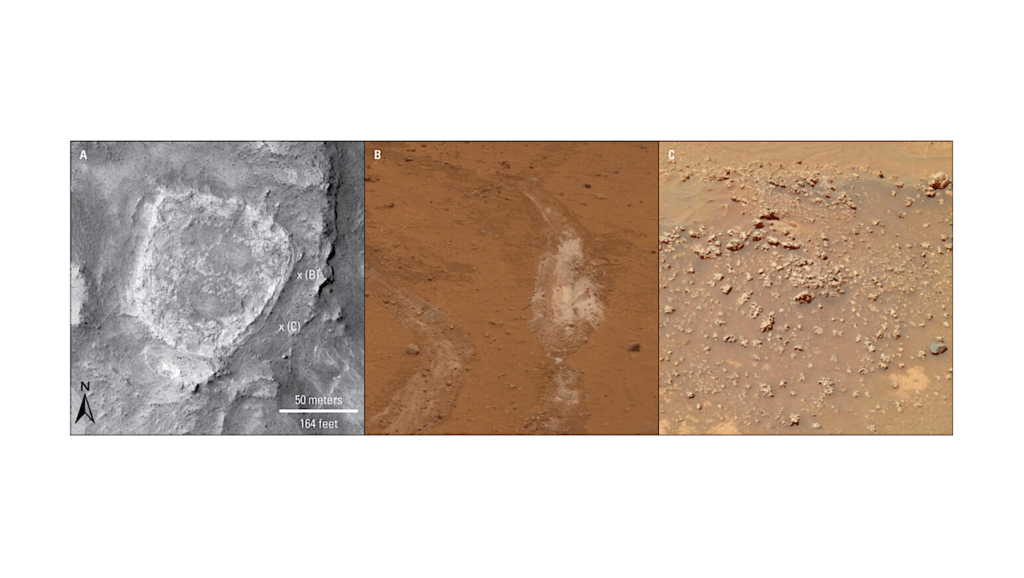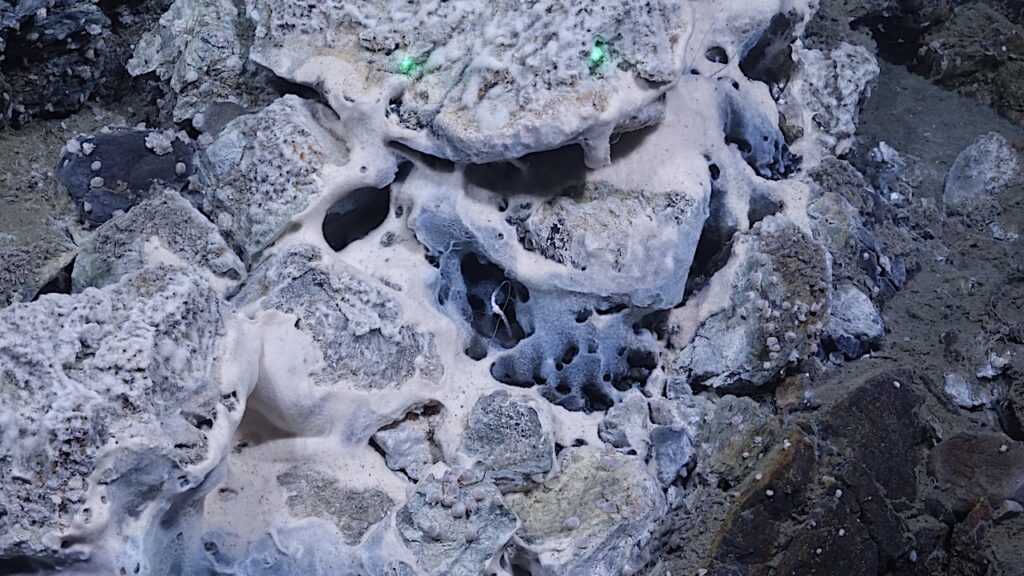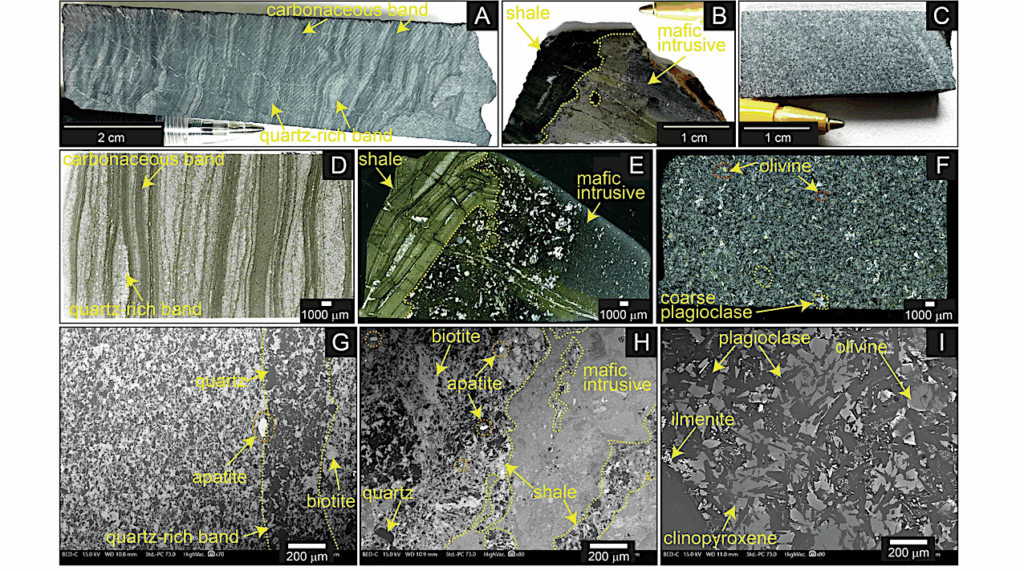A Step Toward Human Hibernation On Deep Space Missions? Induction Of A torpor-like State With Ultrasound
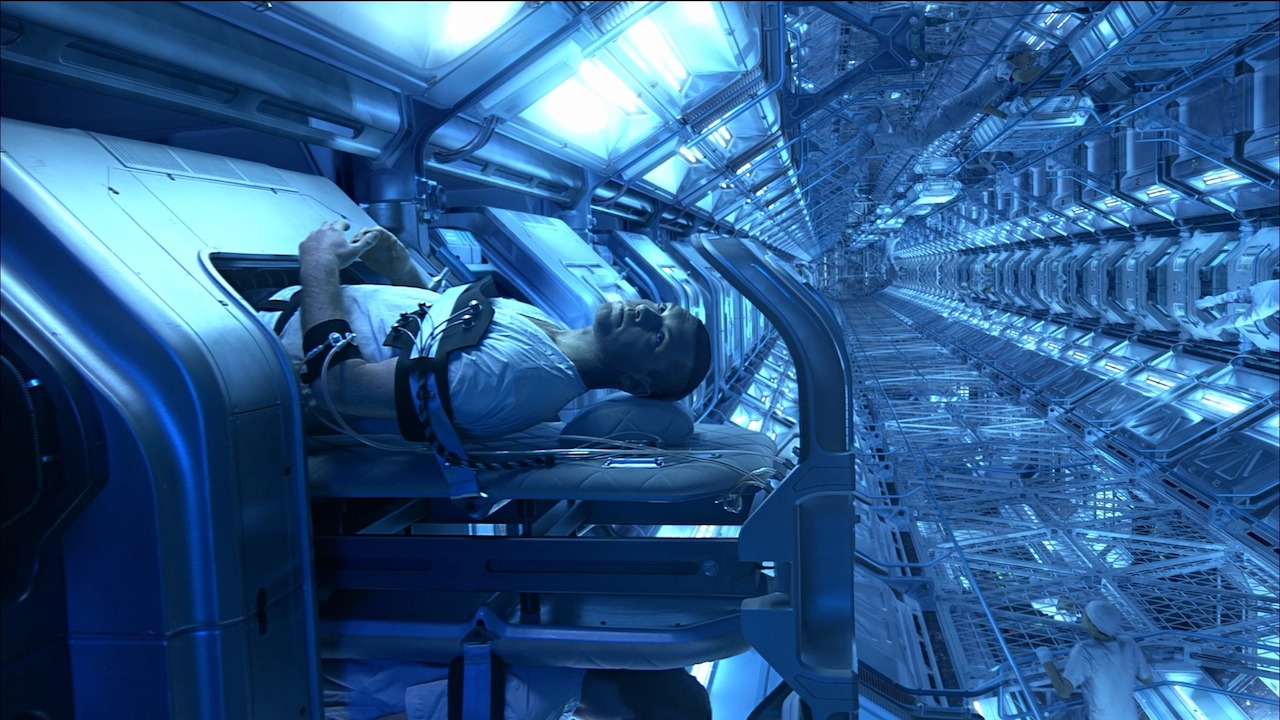
Editor’s note: As we start to move off-world on longer space missions, the issue of crew health, food, life support, and overall safety becomes a pressing issue. If you can do what science fiction movies often do and put the crew into some form of hibernation or “suspended animation” then you could conceivably address those issues. You could also have this option as a way to deal with severe injuries or illness during the mission that the crew does not have the capability of addressing. The notion of sending humans to distant worlds is quickly limited by the realities of human life span and life support requirements. Anything that serves to lessen those life support needs and/or extend a human’s life span will serve to enable more distant exploration missions by humans than might otherwise be the case.
————-
While a wide variety of lifeforms on Earth use various types of hibernation – and even outright suspended animation – humans do not do this. Accidents in cold environments and hypothermia treatments during surgery accomplish involve a little bit of the hibernation experience but it is only transient and not without risks.
And of course there are the tardigrades who seem to be able to totally halt life function, endure wide ranges of extreme conditions, and then wake up with no apparent ill effects.
Scientists have now found a way to use ultrasound to focus on a portion of a mammalian brain so as to alter its temperature regulation and induce a state of torpor (mild hibernation) in a rodent that does not do this naturally. So what is the relevance to Astrobiology? Many worlds that could be habitable may have longer seasons and greater season changes wherein the ability to wait out unfavorable conditions has an evolutionary advantage. Sending humans (large mammals) to other worlds could be facilitated by reducing life support requirements.
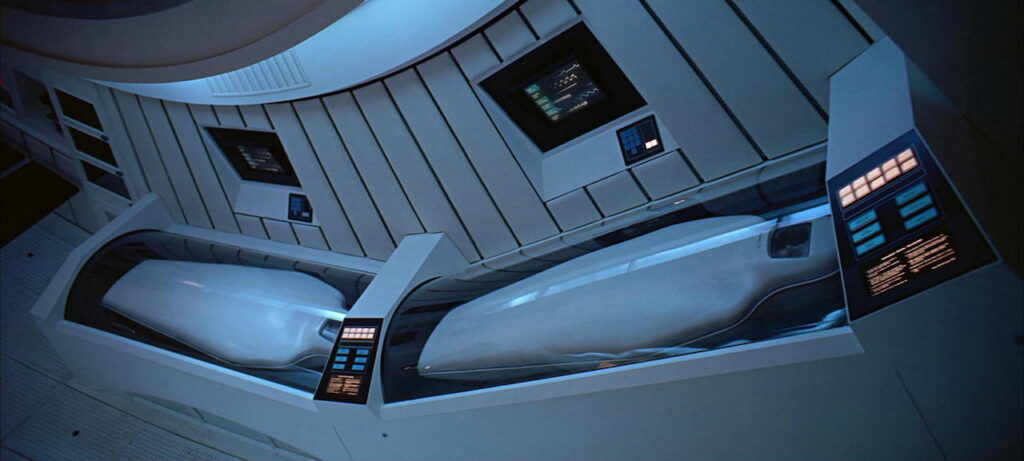
Here is the original press release on this research from the Washington University in St. Louis Hong Chen’s team used – note that the referenced research paper is open access.:
______
Some mammals and birds have a clever way to preserve energy and heat by going into torpor, during which their body temperature and metabolic rate drop to allow them to survive potentially fatal conditions in the environment, such as extreme cold or lack of food. While a similar condition was proposed for scientists making flights to space in the 1960s or for patients with life-threatening health conditions, safely inducing such a state remains elusive.
Hong Chen, an associate professor at Washington University in St. Louis, and a multidisciplinary team induced a torpor-like state in mice by using ultrasound to stimulate the hypothalamus preoptic area in the brain, which helps to regulate body temperature and metabolism. In addition to the mouse, which naturally goes into torpor, Chen and her team induced torpor in a rat, which does not. Their findings, published May 25, 2023, in Nature Metabolism, show the first noninvasive and safe method to induce a torpor-like state by targeting the central nervous system.
Chen, associate professor of biomedical engineering in the McKelvey School of Engineering and of radiation oncology at the School of Medicine, and her team, including Yaoheng (Mack) Yang, a postdoctoral research associate, created a wearable ultrasound transducer to stimulate the neurons in the hypothalamus preoptic area. When stimulated, the mice showed a drop in body temperature of about 3 degrees C for about one hour. In addition, the mice’s metabolism showed a change from using both carbohydrates and fat for energy to only fat, a key feature of torpor, and their heart rates fell by about 47%, all while at room temperature.
The team also found that as the acoustic pressure and duration of the ultrasound increased, so did the depth of the lower body temperature and slower metabolism, known as ultrasound-induced hypothermia and hypometabolism (UIH).
“We developed an automatic closed-loop feedback controller to achieve long-duration and stable ultrasound-induced hypothermia and hypometabolism by controlling of the ultrasound output,” Chen said. “The closed-loop feedback controller set the desired body temperature to be lower than 34C, which was previously reported as critical for natural torpor in mice. This feedback-controlled UIH kept the mouse body temperature at 32.95C for about 24 hours and recovered to normal temperature after ultrasound was off.”
To learn how ultrasound-induced hypothermia and hypometabolism is activated, the team studied the dynamics of the activity of neurons in the hypothalamus preoptic area in response to ultrasound. They observed a consistent increase in neuronal activity in response to each ultrasound pulse, which aligned with the changes in body temperature in the mice.
“These findings revealed that UIH was evoked by ultrasound activation of hypothalamus preoptic area neurons,” Yang said. “Our finding that transcranial stimulation of the hypothalamus preoptic area was sufficient to induce UIH revealed the critical role of this area in orchestrating a torpor-like state in mice.”
Chen and her team also wanted to find the molecule that allowed these neurons to activate with ultrasound. Through genetic sequencing, they found that ultrasound activated the TRPM2 ion channel in the hypothalamus preoptic area neurons. In a variety of experiments, they showed that TRPM2 is an ultrasound-sensitive ion channel and contributed to the induction of UIH.
In the rat, which does not naturally go into torpor or hibernation, the team delivered ultrasound to the hypothalamus preoptic area and found a decrease in skin temperature, particularly in the brown adipose tissue region, as well as about a 1 degree C drop in core body temperature, resembling natural torpor.
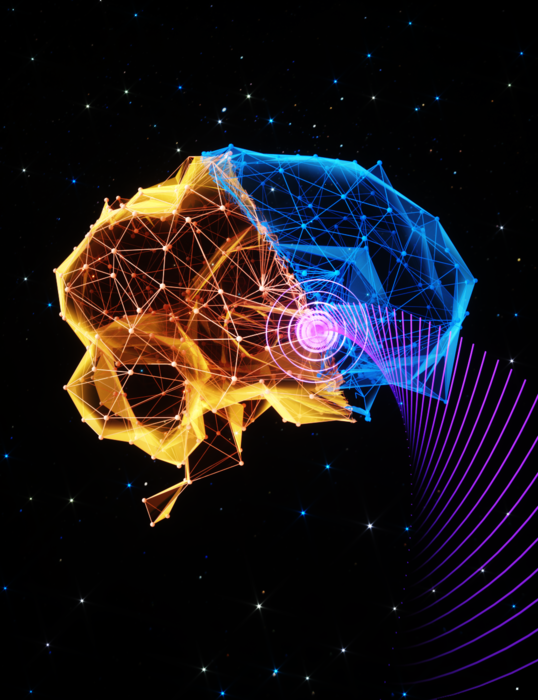
This multidisciplinary team consists of Jonathan R. Brestoff, MD, PhD, assistant professor of pathology & immunology at the School of Medicine; Alexxai V. Kravitz, associate professor of psychiatry, of anesthesiology and of neuroscience at the School of Medicine, and Jianmin Cui, professor of biomedical engineering in the McKelvey School of Engineering, all at Washington University in St. Louis. The team also includes Michael R. Bruchas, professor of anesthesiology and of pharmacology at the University of Washington.
“UIH has the potential to address the long sought-after goal of achieving noninvasive and safe induction of the torpor-like state, which has been pursued by the scientific community at least since the 1960s,” Chen said. “Ultrasound stimulation possesses a unique capability to noninvasively reach deep brain regions with high spatial and temporal precision in animal and human brains.”
Induction of a torpor-like hypothermic and hypometabolic state in rodents by ultrasound, Nature (open access)
Yang Y, Yuan J, Field RL, Ye D, Hu Z, Xu K, Xu L, Gong Y, Yue Y, Kravitz A, Bruchas MR, Cui J, Brestoff JR, Chen H. Torpor-like hypothermic and hypometabolic state induced by ultrasound. Nature Metabolism, May 25, 2023. DOI: 10.1038/s42255-023-00804-z
This work was supported by the National Institutes of Health (R01MH116981, UG3MH126861, R01EB027223, and R01EB030102). JRB is supported by NIH (DP5 OD028125) and Burroughs Wellcome Fund (CAMS #1019648).
Related stories
- Hibernation Treats Illness and Could Help Humans Go to Mars, Astrobiology.com
- Research Into Human Hibernation For Long Distance Spaceflight, SpaceRef
- Hypothermia In Nonhuman Primate Paves The Way For Future Application In Human Spaceflight, SpaceRef
- Hibernate For A Trip To Mars, The Bear Way, SpaceRef
- Tardigrades, Astrobiology.com
- Human Hibernation In Space: CDF Brings Science Fiction To Reality, SpaceRef
- Possible brain hormone may unlock mystery of hibernation, SpaceRef
- Buying time through ‘hibernation on demand’, SpaceRef
- HHMI Undergraduate Researcher Turns Up the Heat on Hibernation, SpaceRef
Astrobiology, Hibernation,


